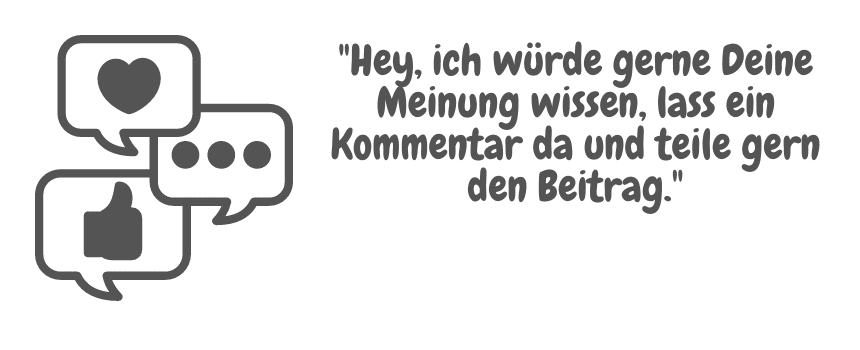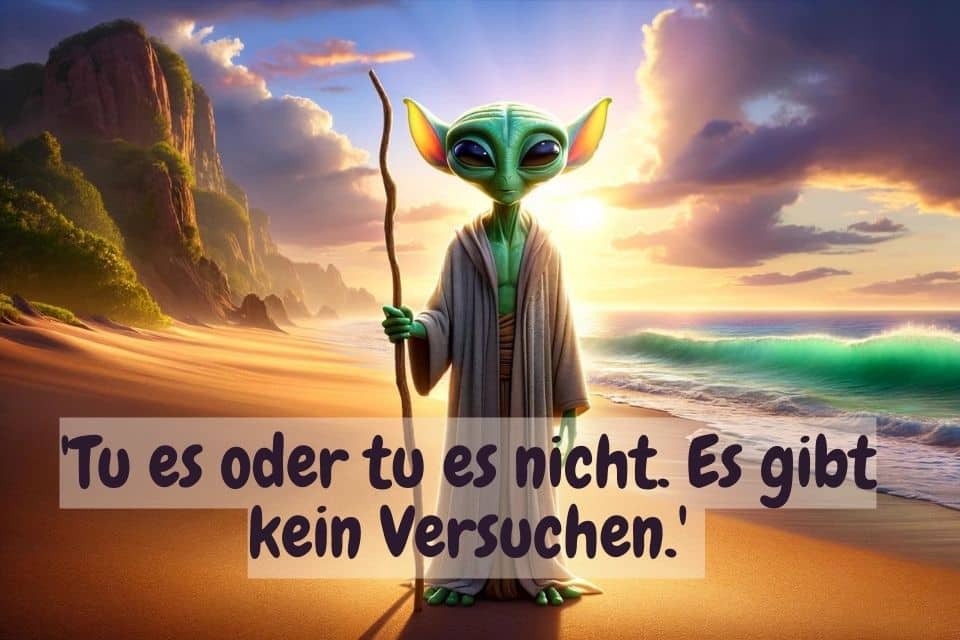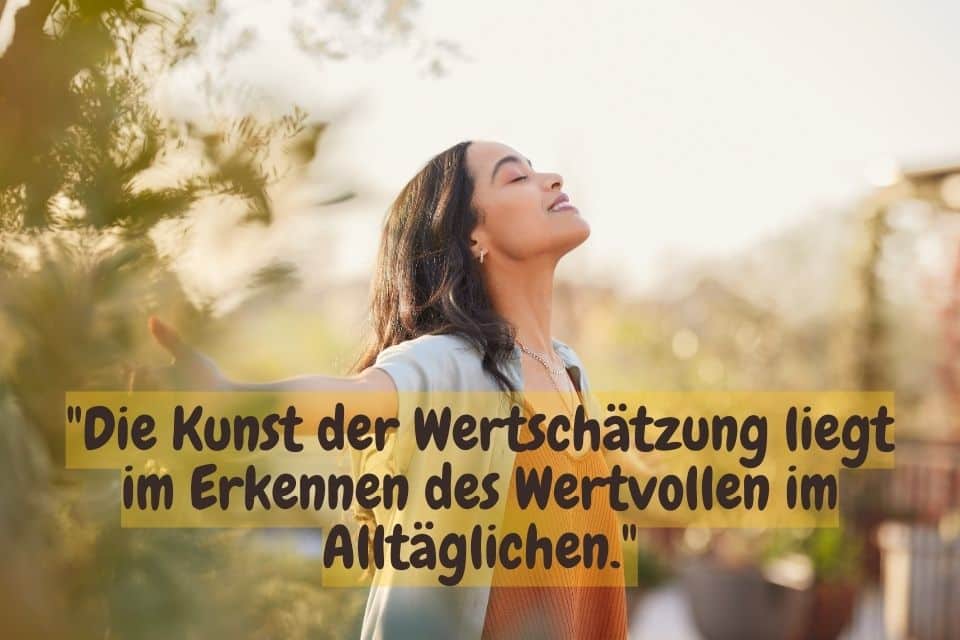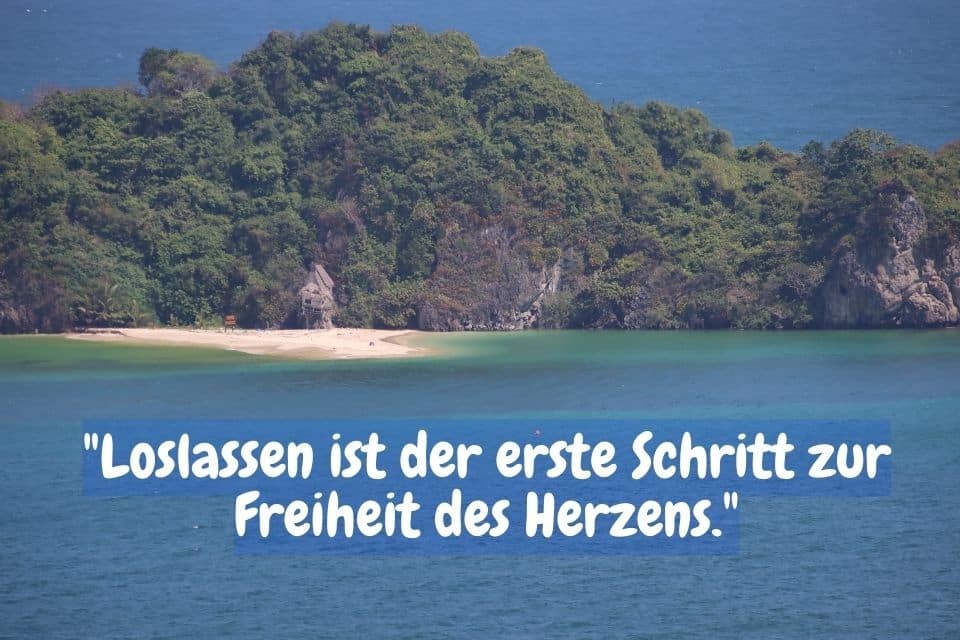Last updated on March 14, 2022 by Roger Kaufman
A wise quote from the legendary Lao Tzu
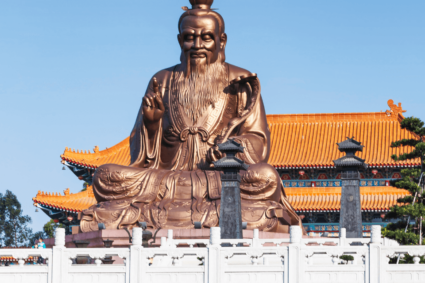
“He who maintains balance, beyond the alternation of love and hate, beyond gain and loss, of honor and dishonor, holds the highest position in the world.” – Lao Tzu, Tao the Kink
The path in the middle quotes
“Some people will certainly follow their minds without listening to their hearts, and others will follow their hearts without paying attention to their minds. Therefore, there are reasons that there is a balance between heart and mind. We were not advised to stick to the mind and also neglect the heart. Instead, we should follow the heart over the mind, but without completely abandoning logic. The middle path is the preferred path, and this path simply indicates that you let your heart guide you. But don’t forget to balance reason with your conscience.” – Suzy Kassem
“Your hand opens and closes, opens and closes. If it was constantly one hand or constantly outstretched, you would be paralyzed. Your deepest presence is in every little narrowing and widening, both beautifully balanced and collaborated like bird wings.” – Jelaluddin Rumi

“First of all is the Buddhism neither pessimistic nor positive. If anything, he is reasonable because he takes a reasonable view of it live and the world. He checks the points neutrally. In a fool's paradise, not everyone scares or torments you possible imaginary worries and sins. It tells you accurately and objectively what you are and also what the world around you is, and also reveals to you the meanings to ideal Freedom, calm, peace and joy.” – Walpola Rahula
“Do not go in or hide; do not appear and shine too; stay stock still in the middle.” – Zhuangzi
Buddhist training is neither a course of denial nor of affirmation. It reveals to us the paradox of the deep space, inside and beyond the lapel.
This awareness is called the middle path
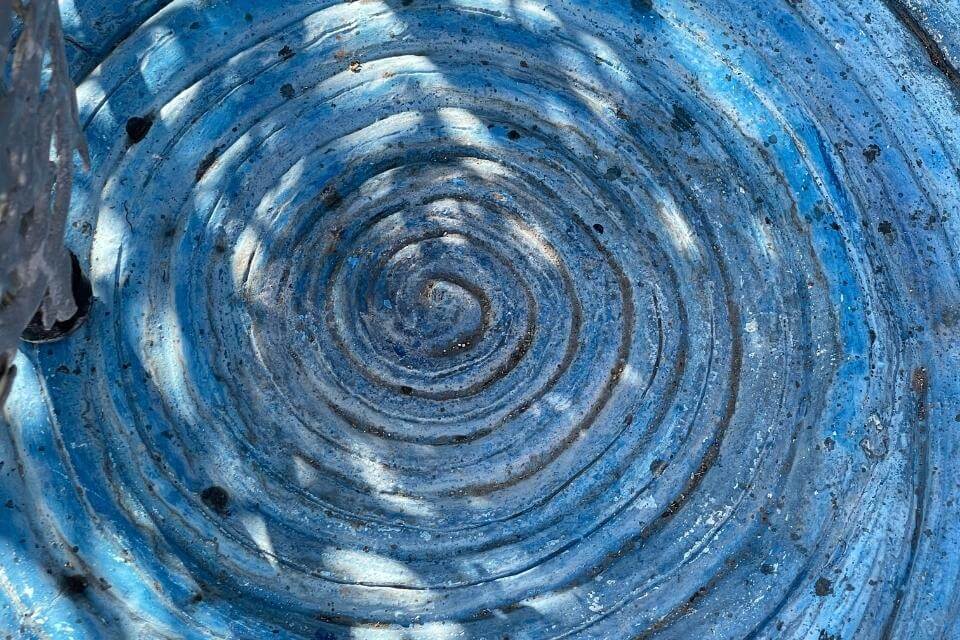
Ajahn Chah discussed the middle ground every day. In the monastery we considered the middle path.
At Golden, a hundred monks sat in an outdoor meditation structure lined with towering trees and a dense, eco-friendly forest and recited these initial knowledge: “There is a middle path between the extremes of pleasure as well as self-denial, without sorrow and suffering. This is the means to peace and also to liberation in this life.”
If we seek our happiness exclusively through indulgence, we are not free. And when we fight both ourselves and the globe, we are not free.
It is the middle path that brings freedom. This is an axiom revealed by all who are awakening. “It's as if, while traveling through a large forest area, you come across an old path, an old road that leads from People was trodden in earlier days... Yet I have seen monks an old path, an old road, taken by the rightly informed of yore,” claimed the Buddha.
The middle path describes the happy medium between attachment and hostility, between being and non-being, between type and emptiness, between free will and determinism.
The more we explore the middle ground, the deeper we come to rest between lapel games. Sometimes Ajahn Chah described it as a koan in which there is “neither going forward, nor stepping, nor standing still.”
To uncover the middle ground, he continued: “Try to be conscious and let things follow their natural training course. After that your will Spirit to rest in any environment, like in a clear forest pool, rare pets will certainly include consuming alcohol in the swimming pool and you will clearly see the nature of all points. You will certainly see many strange and also wonderful things repeating, but you will certainly be silent. This is the joy of the Buddha.”
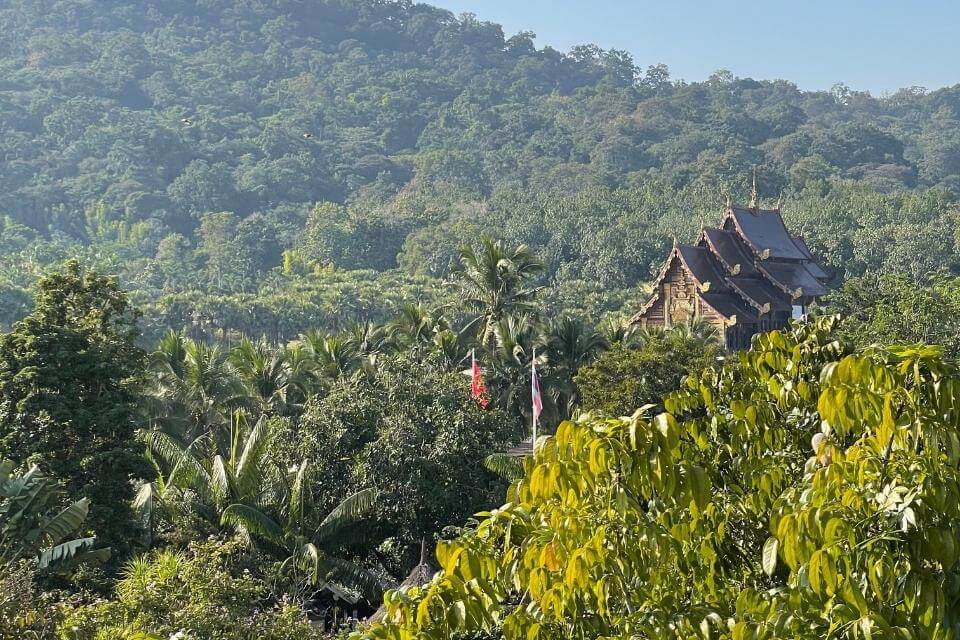
Learning to relax in the middle requires a Trust into life itself. It's like learning to swim. I remember taking swimming lessons for the first time when I was 7 years old. I was a skinny, shuddering Kind, thrashing around trying to stay afloat in a cold pool.
But one morning there came a charming moment that pushed me back as I was held by the teacher and then let go. I understood that Water would keep me from being able to swim. I started trusting funds.
In the middle way of counting, there is both a simplicity and a balance, a mobile recognition that we too exist in the ever-changing sea of life being able to swim, which has actually always kept us going.
The Buddhist mentor invites us to uncover this comfort everywhere: in reflection, in the industry, wherever we are. On the middle path we come to rest in the reality of the here and now, where all opposites exist. TS Eliot calls this the “still point of the revolving globe, neither from nor toward, neither comprehension nor movement, neither flesh nor fleshless.” Sage Shantideva calls the middle path “complete non-referential convenience.” The Perfect Wisdom Text describes it as “awareness of suchness, the past achievements of Big or small, always present in all things, both as a course and as a goal”.

What do these strange words mean? They are attempts that are joyful Experience to describe coming out of time, out of attainment, out of duality. They explain the ability to stay in the here and now. As one educator put it: “The middle path doesn’t lead from here to there. It goes from there to here.” The middle path explains the existence of eternity. In the The fact of the here and now is life clear, brilliant, conscious, empty and yet full of possibilities.
When we find the middle path, we neither move away from the world nor lose ourselves in it. We can with all our Experience be in their complexity, with our own precise ideas and feelings and dramatizations as they are.
We discover to embrace excitement, mystery, adaptation. Instead of looking for resolution, waiting for the chord at the end of a song, let's open up and sit back in the middle too. In between, we discover that the globe is editable.
Ajahn Sumedo teaches us to open ourselves to what points are like. “Of course we can always do more excellent Imagine conditions, how it should be ideal, how everyone else should behave. But it's not our job to develop something perfect.
It’s our job to see what it’s like and win.” from the world as it is. The conditions are always sufficient for the awakening of the heart.”
Ginger was a 51-year-old social worker who had worked for years at a center in California's Central Valley.
A dedicated meditator, she took a month off to come to our spring retreat. At first it was difficult for her to thoughts to calm down.
Her precious younger brother had re-entered the psychiatric ward, where he had originally been treated for schizophrenia Break had been admitted to hospital.
She shared with me that she was flooded with emotions, confused with worry, confusion, restlessness, anger and also pain.
I advised her to let it all be, to just sit on the earth and walk and let things sort out in their own time. But as she rested, both the sensations and the Stories stronger.
I explained to her Ajahn Chah's training of resting like a clear forest lake. I asked them to identify, one by one, all the inner wild animals that come and consume by the pool too.
She started naming them: Worry about loss of control, fear of death, worry about a total life, pain and clinging to a previous connection, longing for a partner who but wants to be independent, worry about her siblings, stress and fear of cash, anger at the healthcare system that she had to fight every day at her job , appreciation for their employees.
I welcomed them to be in the middle of it all, the paradox, the confusion, the hopes and fears. “Take a seat like a queen on the throne,” I said, “and allow this game of life, the joys and also the sadness, the fears and also complications, the birth and the death around you. Don’t think you have to fix it.”
Ginger practiced, rested and strolled, letting everything be. As the intense sensations continued to arise, she relaxed and became increasingly quiet and present.

Her meditation really felt much more spacious, the solid states and feelings that occurred seemed like impersonal waves of force. Her body became lighter and happiness also came. 2 days later the spots got worse.
She came down with the flu, felt exceptionally weak and risky, and became clinically depressed. Since Ginger also had liver disease C, she worried that her body would certainly never be solid enough to meditate well or simply live.
I reminded her to sit in the middle and she came back the next day, quiet and content.
She explained: “I went back to the center. She laughed and took a seat.
“Like the Buddha, I realized, oh, that's just Mara. I just say 'I see you, Mara.' Mara can be my sadness or my hopes, my physical discomfort or my fear. All of that is just life and the middle ground is so deep, it's all of them and none of them, it's here all the time."
In fact, I have seen Ginger for many years now, since she left hiding. Their external conditions have not really improved.
Her work, her brother, her health and well-being are still issues that she continues to face. But her heart is particularly relaxed. She sits quietly in the chaos of her life almost every day. Ginger tells me that her reflection helped her discover the main path and also the inner freedom that she had hoped for.
Source: “The Wise Heart”
“Distresses are classified as external mental elements and are not themselves any of the six main minds (eye, ear, nose, tongue, body and also mental consciousness). The mind (a psychological consciousness) comes under its influence, goes where the disease takes it, and also collects a bad action.
There are a fantastic number different types of suffering, but the most important of them are desire, hate, satisfaction, wrong perspective, etc., distress and also disgust are in the foreground. Because of an initial attachment to oneself, disgust arises when something undesirable happens. In addition, attachment to oneself gives rise to pride that considers one to be exceptional, and similarly, when one lacks expertise, a false view develops that considers the things of that expertise to be non-existent.
How does self-adhesion etc. arise in such excellent power? Due to the initial loose conditioning, the mind clings tightly to 'i, i' even in dreams and with the force of this idea comes self-attachment etc. This false conception of 'i' arises from lack of knowledge surrounding it Setting points takes care of. The reality that all elements are void of inherent existence is obscured and points are also taken up to natural to exist; the solid idea of 'i' arises from this.
Therefore, the perception that sensations exist by nature is the tormenting ignorance that is the ultimate source of all suffering.”
— Dalai Lama XIV
Dalai Lama – Entry into the Middle Way – The path in the middle
Day 1 of His Holiness' four-day teaching Dalai Lama on Chandrakirti’s “Entering the Middle Way” for Buddhists from Taiwan in the main Tibetan temple in Dharamsala, HP, India from October 3rd – 6th, 2018.
The Dalai Lama


